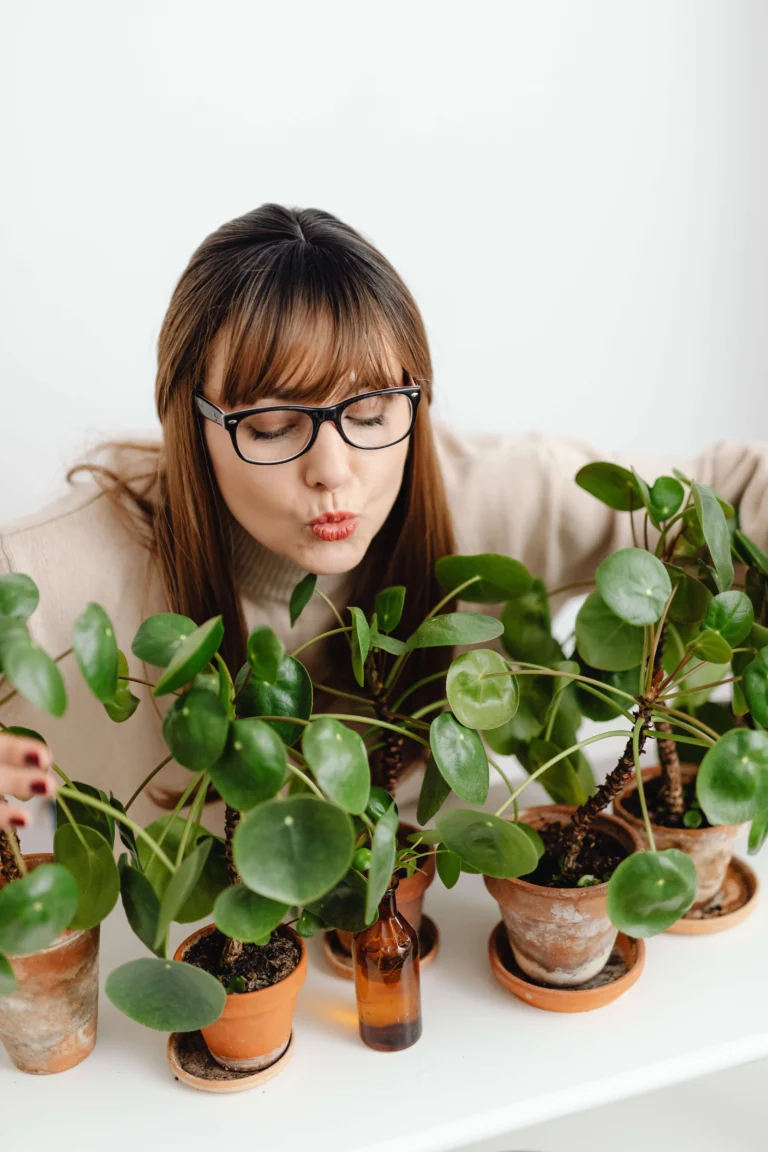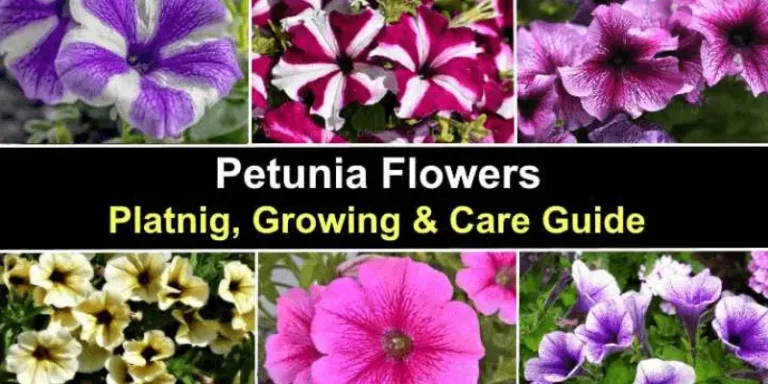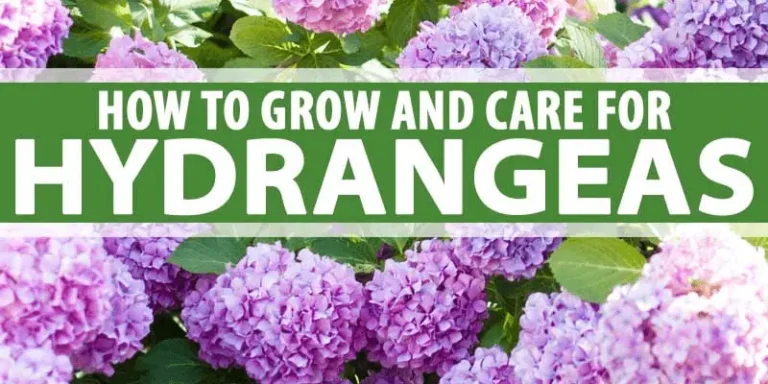Money Plant DIY Crafts: Transforming Leaves into Decorative Art
The money plant (Epipremnum aureum) has long been loved for its beauty, air-purifying abilities, and low-maintenance nature. But did you know that this versatile plant can also be a source of inspiration for creative money plant DIY crafts? When it comes to turning money plant leaves into decorative masterpieces, from pressed leaf art to stunning terrariums, the possibilities are endless. In this article, we’ll explore a plethora of imaginative and budget-friendly DIY craft ideas that will not only add greenery to your living space but also reveal the beauty of the money plant in a whole new light.
Pressed Leaf Art: Capturing Nature’s Beauty
Money plant leaf pressing is an ancient art form that allows you to preserve the intricate details and vibrant colors of plants. To create your own pressed leaf art, follow these simple steps:
Leaf Harvesting: Select healthy and fully grown money plant leaves for pressing. Gently remove them from the plant, making sure not to damage the leaf structure.
Preparation: Place the leaf between two sheets of absorbent paper or tissue. Arrange the addresses to avoid overlapping.
Pressing: Insert laminated leaves into heavy book pages. Make sure that the leaves are well distributed among the pages of the book.
Weight: Place extra books or heavy objects on top of the book with the leaf to even out the pressure.
Drying Time: Allow the leaves to dry and press for about two to three weeks, checking the progress from time to time to avoid over-pressing.
Once your pressed leaves are ready, you can frame them or use them to make unique greeting cards, bookmarks or decorative collages. The natural beauty of money plant leaves will mesmerize those who view your art.
Terrarium Magic: Miniature Green Worlds
Terrariums offer a delightful way to create miniature green worlds encapsulated in glass containers. To make your money plant terrarium, gather the following materials:
- Glass container (jar, vase, or bowl)
- Small pebbles or stones
- Activated charcoal (to keep the terrarium fresh)
- Potting soil
- Money plant cuttings
- Decorative elements (miniature figurines, small rocks, etc)
Instructions:
Layering: Start with a layer of pebbles or stones in the bottom of the glass container. It helps in drainage and prevents waterlogged soil.
Activated charcoal: Add a thin layer of activated charcoal to keep the terrarium fresh and prevent odors.
Soil: Add a layer of potting soil over the charcoal. Make a small indentation in the soil to plant your money plant cuttings.
Planting: Carefully insert the money plant cuttings into the soil, making sure they are firmly in place.
Decorations: Add decorative elements such as small sculptures or small stones to enhance the visual appeal of the terrarium.
Misting: Lightly mist the terrarium to provide moisture to the plants.
Your money plant terrarium is now complete and ready to brighten up any corner of your home or office. Terrariums make great gifts and are perfect for those looking to add greenery to small spaces.
Macrame Hangers: Elevating Plant Display
Macrame hangers offer a stylish and artistic way to display your money plants, creating a beautiful focal point in any room. To make your macrame hanger, gather the following supplies:
- Macrame cord or strong yarn
- A wooden dowel or metal ring
- Scissors
- Money plant in a pot
Instructions:
Cut Cord: Cut several pieces of macrame cord or yarn to the desired length. The number of cords will depend on the complexity of your macrame design.
Knotting: Gather the cords and tie them to a wooden dowel or metal ring using a simple overhand knot. Leave a small loop at the top for hanging.
Designing: Start creating your macrame design using different knots such as square knots, half hitch knots, or spiral knots. Experiment with different patterns and textures to get the look you want.
Planting: Place your money plant in a pot and place it securely inside a macrame hanger.
Hanging: Hang your macrame hanger in a well-lit area and enjoy a beautiful display of your money plant.
Macramé hangers not only elevate the aesthetics of your money plant, but also provide a unique and charming way to display your greenery.
Leaf Impressions: Nature’s Imprint
Leaf impressions offer a creative way to achieve intricate money plant leaf patterns on different surfaces. Here’s how you can create your own address impressions:
Materials needed:
- Money plant leaves
- Acrylic or fabric paint
- Paintbrush
- Plain paper, fabric, or canvas
Instructions:
- Gathering Leaves: Select fresh and fully grown money plant leaves for your leaf impressions.
- Applying Paint: Apply a thin layer of acrylic or fabric paint on the surface of the leaf with a paintbrush.
- Pressing: Carefully place the painted side of the leaf onto your chosen surface, be it paper, fabric, or canvas.
- Pressing the Leaf: Gently press the leaf onto the surface using your fingers or a clean cloth, making sure that the paint adheres to the surface.
- Peeling Off the Leaf: Carefully lift the leaf off the surface to reveal the beautiful impression left behind.
Leaf impressions can be framed and displayed as standalone art pieces or used to create custom-designed fabrics, pillow covers, or wall hangings.
Recycled Money Plant Pots: Green and Sustainable
As a nature lover, why not embrace sustainable practices by creating recycled money plant pots? Transform everyday household items into unique planters that not only showcase your money plant but also contribute to reducing waste. Here are a few ideas to get you started:
- Tin Cans: Clean and decorate used tin cans with paint or adhesive paper. Make drainage holes at the bottom and place your money plant inside.
- Wine Cork Planters: Collect wine corks and create a small indentation on the top of each cork to hold the money plant cuttings.
- Upcycled Glass Bottles: Clean and remove labels from glass bottles to create stylish planters for your money plant.
- Mason Jars: Repurpose old mason jars by filling them with potting soil and planting your money plant cuttings.
By adopting these creative recycling ideas, you not only reduce waste but also add a touch of eco-consciousness to your home decor.
Money Plant Leaf Coasters: Functional and Decorative
Enhance your dining or coffee table with money plant leaf coasters that celebrate the beauty of nature while serving a functional purpose. To create your money plant leaf coasters, follow these steps:
Materials needed:
- Money plant leaves
- Clear resin
- Mixing cups
- Stir sticks
- Silicone coaster molds
Instructions:
- Preparation: Clean and dry the money plant leaves thoroughly.
- Mixing Resin: Follow the instructions on the clear resin packaging to mix it correctly.
- Pouring Resin: Carefully pour the mixed resin into the silicone coaster molds, filling them up to the desired thickness.
- Adding Leaves: Gently press a money plant leaf into the resin-filled mold, ensuring it is centered and fully covered.
- Curing: Allow the resin to cure and harden completely according to the manufacturer’s instructions.
- Demolding: Once the resin has fully cured, remove the coasters from the molds, and admire the stunning leaf impressions.
Your money plant leaf coasters will not only protect your furniture from beverage stains but also add an organic and artistic touch to your tabletops.
Conclusion For Money Plant DIY Crafts
The versatility of the money plant goes beyond its air purifying abilities and decorative appeal. By tapping into your creativity and embracing the DIY spirit, you can turn money plant leaves into charming works of art. Whether you choose to press leaves, create a terrarium, make macrame hangers, or experiment with leaf prints, the possibilities are endless. With imagination and a splash of greenery, your money plant DIY crafts will not only beautify your living space but also demonstrate the wonders of nature’s artistic palette.
So, go ahead and start your money plant leaf crafting journey. As you unleash your creativity, you’ll discover that these DIY crafts aren’t just about creating beautiful decorations, but also about fostering a deeper connection with the natural world around us.




